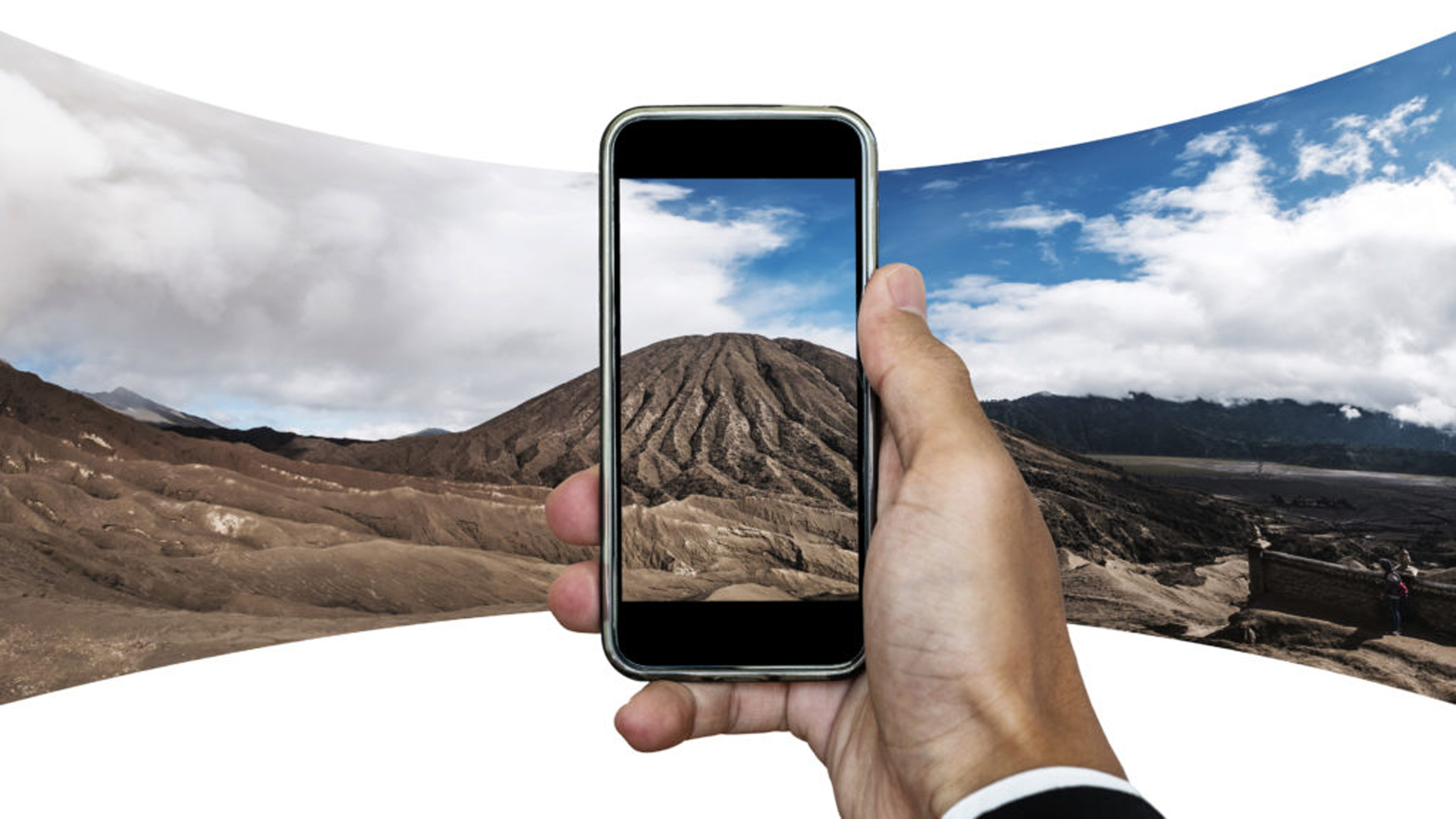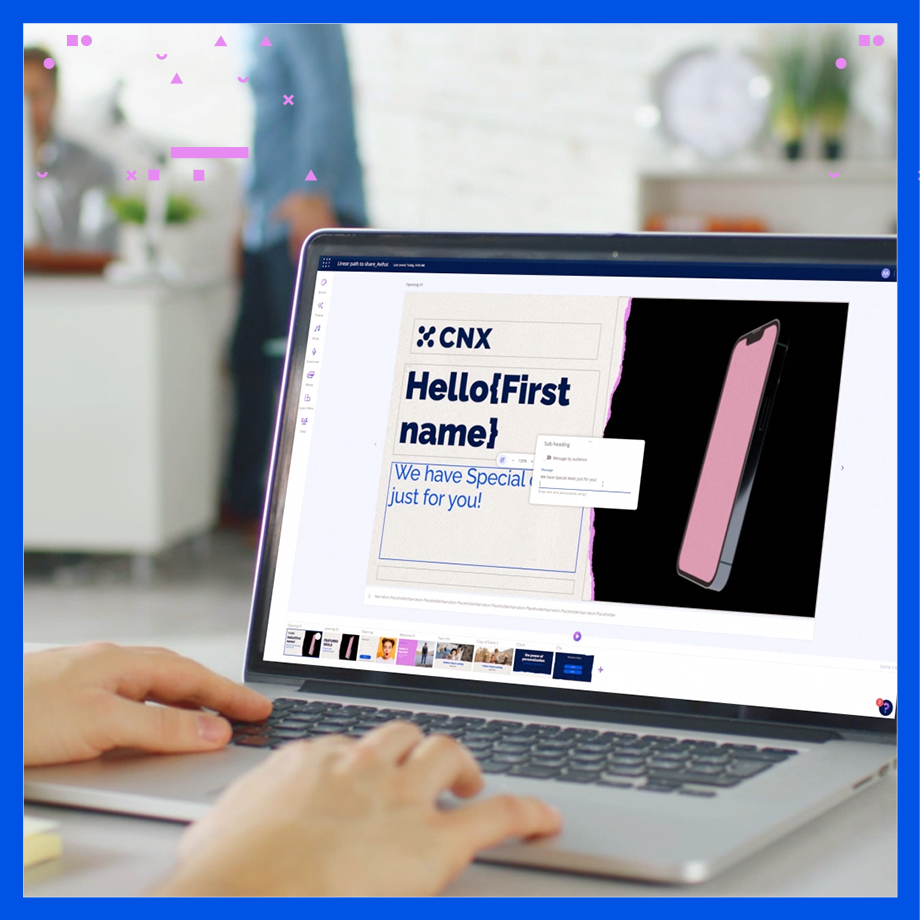As mentioned in our industry trend predictions for 2017, though still in its infancy stages, 360-degree video is quickly proving that it will become a key medium for businesses to use when communicating with consumers in the near future. Currently in use by some of the largest social media channels out there (including Facebook, Youtube, and Twitter via Periscope), 360-degree video has the support it needs to realize it’s full potential in terms of brand-to-consumer communications while it grows into a matured technology. In fact, it is estimated that millions of Facebook users watch 360-degree videos on the platform daily already. Along with the major social media platforms, brands are also proactively pushing the format forward due to it’s seamless integration into the mobile user experience. With the vehement focus on going mobile, Brands are heavily investing in formats like 360-degree video, which is actually more mobile-friendly than it is desktop-friendly in that the format allows the user to quite literally move their device around them as if they are getting a 360-degree view of the location in the video.
Aside from brand and platform support, the technology is also backed by some of the biggest names in electronics, who are all working to bring 360-degree cameras into the mainstream with affordable devices aimed at streamers, marketers, action-seekers, moviemakers, and game developers alike. With the growth of this new technology, the way brands communicate and interact with their audiences will continue to change drastically.
Current examples of 360-degree video
As stated earlier, Facebook has taken the reins of bringing this technology into the forefront of brand-consumer communications; mostly focusing on ads served via their Canvas platform so far. One of the first 360-degree video advertisements on Facebook was a video of Ben Albano, a race-car driver, streaming a practice run over AT&T’s wireless network demonstrating AT&T’s drive (no pun intended) to keep people connected, no matter the distance. Imagine viewing an advertisement and being able to explore a whole world, instead of feeling like you’re stuck on the couch waiting for it to be over. This type of immersion is monumental when brands are fighting to capture the attention of consumers who are drowning in a sea of nonstop content.
Advertising isn’t the only way 360-degree video is being used either. In November 2016, CBS announced new apps for Android TV and Amazon Fire that would contain 360-degree videos, beginning with a backstage pass to a filming of an episode of 60 Minutes. Being able to explore behind-the-scenes of your favorite shows and news broadcasts could be a new and exciting way to engage viewers who are growing tired of seeing the same old content. Other than that, there have been athletes, wildlife conservations, and many other examples of 360-degree videos being used to give the viewers a whole new perspective on something they may never have gotten to experience otherwise; such as BBC One’s 360-degree video of snow leopards in Planet Earth II: Mountains.
How brands are using it today
The potential for 360-degree video to be utilized for brand-to-consumer engagement across various industries is infinite. Security cameras will one day no longer have blind spots, news and sports broadcasts will never miss another important moment and wedding videos will become fully immersive experiences so that the family and friends who couldn’t make it to the actual ceremony don’t feel like they missed out as much. But how is this technology being used by brands who are early adopters?
- Real estate has always relied heavily on show and tell sales tactics, so as a way to make showings more accessible some companies have begun allowing potential buyers to explore buildings or properties from their computer or mobile device utilizing 360-degree video technology.
- Travel companies – including hotel properties, destination resorts and online aggregators – have the ability to employ this technology as a means to give vacationers a personalized video tour of the resort grounds or the destination, in general, that they are about to be visiting from the device of their choice before they even leave for their trip (as demonstrated in this demo video created by SundaySky for Atlantis Paradise Island Resort).
- Retailers, specifically in the clothing and fashion industry, are adopting the technology to make shopping less about dealing with crowds and more about exploring what’s important to the shopper. Being able to browse and order clothing and accessories through apps and websites coupled with the use of 360-degree video could exponentially increase traffic and sales.
The future of personalized consumer engagement
It’s pretty obvious that creating a 360-degree experience for each individual from the comfort of his or her device is more captivating than any cookie-cutter education video or video ad could ever be. After all, the goal of using 360-degree video is to create a highly immersive and human experience that feels like real-life. Adding personalized data points to a 360-video creates another layer of relevance, and can help brands get even closer to achieving the white-glove service for each and every customer that they so desire.
Immersive digital experiences establish strong bonds between brands and their customers, and this new format can strengthen those bonds even further. With the introduction of personalization into the medium, banks will be able to transport cardholders to digital branches for transactions, telco providers could provide life-like installation demos, and travel brands will be able give personalized tours to guests before they even book a reservation. By creating such experiences, brands can show consumers just how far they are willing to go to meet them eye-to-eye and, thus, will be that much closer to forming the ideal brand-customer relationships.







